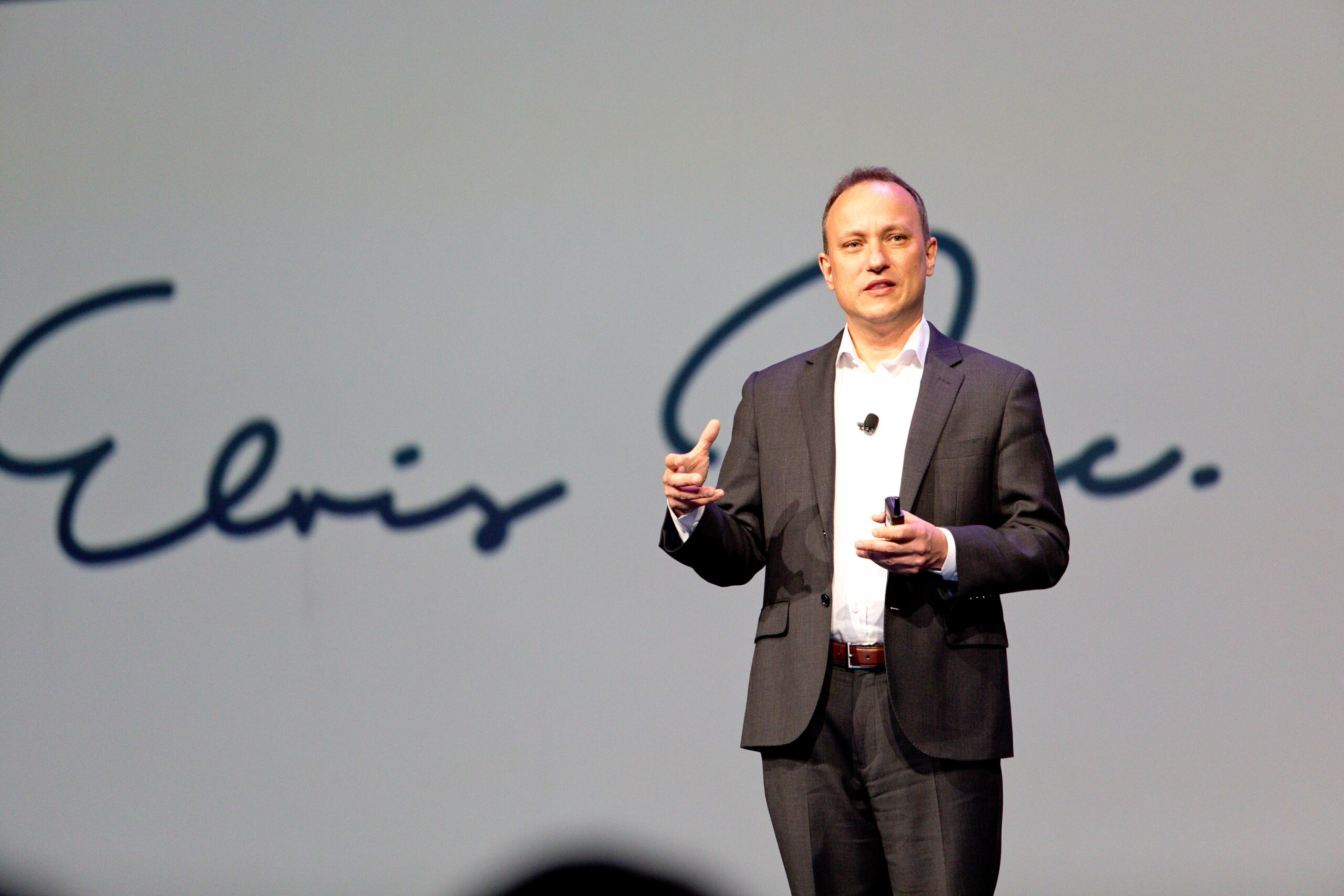Navigating by the Stars…the Sirius Way: Building Alignment and Accountability Into an Organization
- Alignment is key to reducing redundant efforts, but payoff hinges on members of every function knowing exactly what they need to do
- As companies seek to transform and grow, they must instill a system of accountability to stay focused on achieving business objectives
- The Aligned Accountability Framework provides a structure for identifying the correct metrics to drive progress, alignment and accountability
At Summit 2017 in Las Vegas this week, Megan Heuer and Jay Gaines spent some of their time on stage recounting SiriusDecisions’ origins. During their keynote presentation “Building the Aligned, Accountable Organization,” Jay told the following story:

In 2001, the year Sirius was founded, the son of John Neeson (one of our co-founders) was working on a school project on the Sirius star, which, in addition to being the brightest star in the night sky, rises in a precise cycle that spans exactly 365.25 days, making it constant relative to the solar year. For this reason, early civilizations used Sirius to navigate, mark time and find order in the apparent chaos of the night sky. John and co-founder Rich Eldh had decided to build a company that would become B2B’s guiding star, providing sales, marketing and product leaders with the right insights, guidance and data to navigate complex business problems and drive intelligent growth, so the company name was an easy choice.
Megan and Jay furthered that goal today when they introduced the SiriusDecisions Aligned Accountability Framework. “From the start, SiriusDecisions has operated with the certainty that alignment is key to growth,” said Megan, “and we’ve built proof of the impact of alignment based on the results our clients see.” But as companies seek to transform and grow, how can they keep everyone focused on the same end goal? “In a word,” said Megan, “accountability – which is the flip side of alignment.”
Alignment on its own is key to reducing redundant efforts, but the financial payoff of alignment hinges on the members of every function knowing what they need to do and how their efforts feed into the overall effort. Accountability brings an additional dimension of measurement to alignment, ensuring that observable outcomes are in place to track progress toward goals. An organization can preserve alignment, even as conditions change, only if it has a defined set of metrics that support visibility into aligned efforts.
Establishing true accountability requires two things:
- Structure. A common language for classifying the types of metrics that are needed helps companies conduct productive conversations about the right things to measure, given their objectives. Organizing metrics according to what they are meant to show makes dashboards more relevant and increases the value of measurement because it can be used to track progress and diagnose challenges.
- Perspective. According to Jay, “Perspective is created by defining appropriate goals and milestones that are based on more than opinion or hope. To do this, you must have relevant and accurate external data that validates goals and milestones and provides context for understanding performance.”
Using the Aligned Accountability Framework
“Like so much of what we do at Sirius the goal here is to simplify, clarify and create structure for the process and criteria for identifying and using the correct metrics to drive progress, alignment and accountability,” said Jay. Enter the Aligned Accountability Framework, which comprises three elements:
Goals. Alignment and accountability start with clearly defined and communicated goals to ensure a consistent focus or vision. Goals are key business objectives and impacts (e.g. financial objectives, productivity and efficiency gains). Since primary business goals are often shared across functions, they should be the catalyst for cascading sets of KPIs that extend to functions, teams and team members.
Milestones. These are agreed-upon points of progress required to achieve goals. Milestones are critical, because they define the timeline for goal achievement. Teams and team members can be made accountable for hitting milestones, and each milestone should have an associated set of metrics for tracking progress.
Actions. These are the activities required to achieve milestones and goals. Actions need to be defined, assigned and linked to each milestone in support of goals.
Extending across these three simple elements is scope – which reflects level of involvement and accountability at the organization, function, team and team member levels.
The final element in applying the framework is metrics – specific and observable measures of progress, outcomes and achievement. When companies apply the framework, Megan and Jay reiterated, measurement become far more valuable when the right perspective is built into metric selection and performance evaluation.